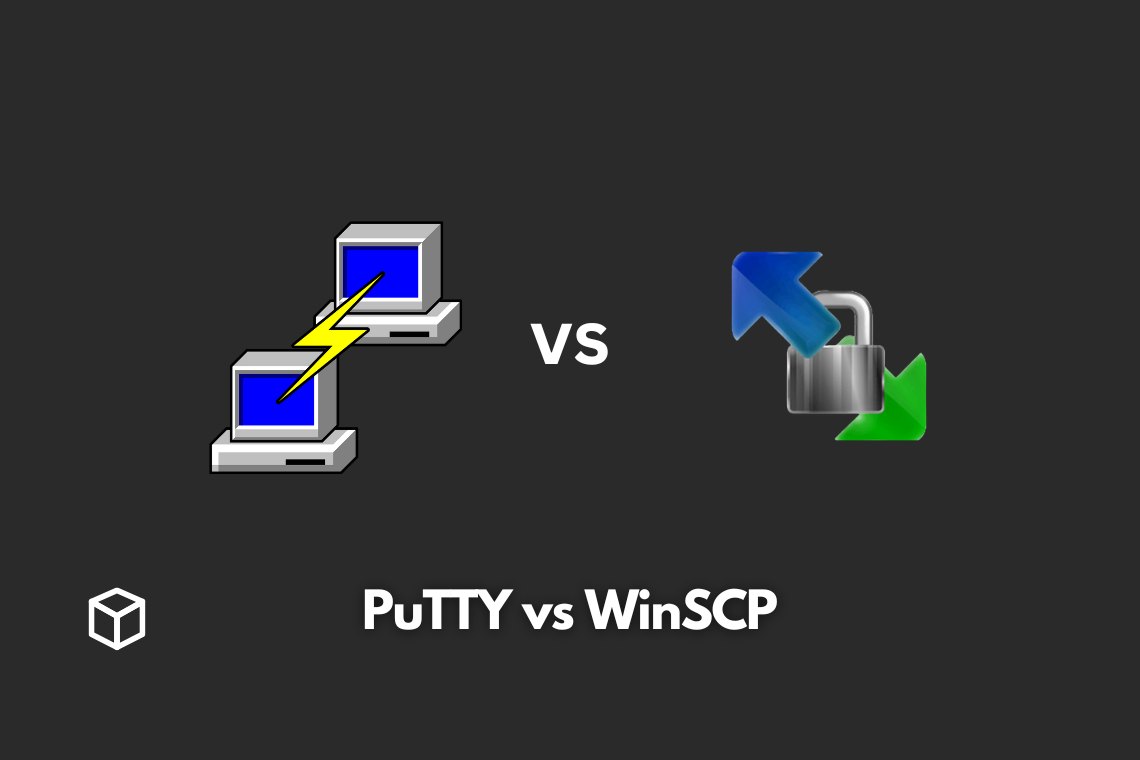PuTTY and WinSCP are both popular tools used by IT professionals and developers to remotely access and manage servers.
Both PuTTY and WinSCP have their own unique features and advantages, and in this blog post, we will take a detailed look at each tool and compare them to help you decide which one to use for your specific needs.
PuTTY
PuTTY is a free and open-source terminal emulator and SSH client.
It allows users to connect to a remote server using a command-line interface (CLI) and perform various operations such as executing commands, transferring files, and more.
PuTTY supports a wide range of protocols such as SSH, Telnet, rlogin, and serial.
To use PuTTY, you will first need to download and install it on your computer.
Once installed, you can launch the application and enter the hostname or IP address of the remote server you wish to connect to.
You will then be prompted to enter your username and password to authenticate the connection.
One of the major advantages of PuTTY is its lightweight and fast performance.
It is also highly customizable, allowing users to configure various settings such as terminal emulation, keyboard shortcuts, and more.
Additionally, PuTTY is available for various operating systems including Windows, Linux, and macOS.
WinSCP
WinSCP is a free and open-source SFTP, FTP, and SCP client for Windows.
It allows users to connect to a remote server and perform various operations such as uploading and downloading files, managing directories, and more.
Unlike PuTTY, WinSCP has a graphical user interface (GUI) which makes it easy to use for beginners.
To use WinSCP, you will first need to download and install it on your computer.
Once installed, you can launch the application and enter the hostname or IP address of the remote server you wish to connect to.
You will then be prompted to enter your username and password to authenticate the connection.
Once connected, you can easily navigate and manage the remote server’s files and directories using the GUI.
One of the major advantages of WinSCP is its user-friendly interface.
It is also highly customizable, allowing users to configure various settings such as file transfer protocols, synchronization, and more.
Further, WinSCP supports various authentication methods including password, public-key, and keyboard-interactive.
Comparison of PuTTY and WinSCP
When comparing PuTTY and WinSCP, it’s important to consider the features, usability, and security of each tool.
In terms of features, PuTTY offers a wide range of protocols such as SSH, Telnet, rlogin, and serial.
It also offers highly customizable settings and supports various operating systems.
On the other hand, WinSCP offers a user-friendly GUI, customizable settings, and supports various authentication methods.
In terms of usability, PuTTY’s CLI might be a bit more challenging for beginners to use compared to WinSCP’s GUI.
However, for experienced users, PuTTY’s CLI can be faster and more efficient.
In terms of security, both PuTTY and WinSCP are considered secure tools as they both support various authentication methods such as password and public-key.
However, it’s important to note that PuTTY offers more options for configuring SSH settings, making it a better choice for advanced users who want more control over their security settings.
Conclusion
In conclusion, both PuTTY and WinSCP are great tools for remotely accessing and managing servers.




